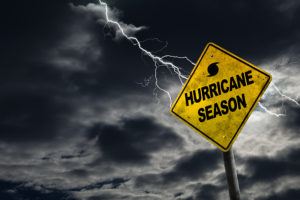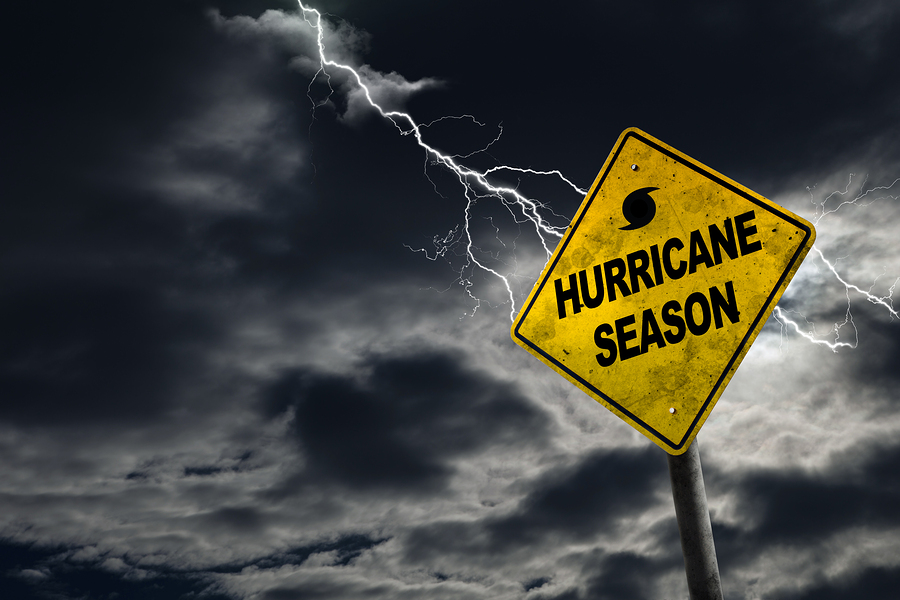U.S. government forecasters said Thursday that they were expecting an active Atlantic hurricane season.
The National Oceanic and Atmospheric Administration forecast calls for 10 to 16 named storms, with five to nine hurricanes. One to four hurricanes could be “major” with sustained winds of at least 111 mph (178 kph).

If that forecast holds, it would make for a near-normal or above-normal season. An average hurricane season produces 12 named storms, of which six become hurricanes, including three major hurricanes.
“There are no strong climate signals saying it’s going to be extremely active, like last year, or extremely weak,” said Gerry Bell, the lead hurricane forecaster at NOAA’s Climate Prediction Center.
If an El Nino develops later this summer, that could suppress storm development during the season’s peak months from August through October. El Nino is the natural warming of parts of the Pacific Ocean that changes weather worldwide and tends to reduce hurricane activity in the Atlantic.
Warm waters feed a hurricane’s strength, while strong wind shear can pull it apart. If El Nino does not develop and water temperatures in the Atlantic Ocean and the Caribbean Sea warm up, that could fuel more storm development, said Bell, who was speaking at NOAA’s agency’s aircraft operations center in Lakeland, Florida. That facility is the base for NOAA’s “hurricane hunter” aircraft that fly into storms to collect data used in storm forecasts.
NOAA predicted that 2017 would be an above-average season, and it certainly was: A trio of devastating hurricanes _ Harvey, Irma and Maria – ravaged Texas, Florida, Puerto Rico and many Caribbean islands. Overall, last year saw 17 named storms, including 10 hurricanes.
The six-month Atlantic hurricane season officially starts June 1.
Was this article valuable?
Here are more articles you may enjoy.


 Roof Repair and Replacement Costs up Nearly 30% Since 2022, Report Shows
Roof Repair and Replacement Costs up Nearly 30% Since 2022, Report Shows  Trump’s Tariffs Send Deliberate Shock to Heart of Global Economy
Trump’s Tariffs Send Deliberate Shock to Heart of Global Economy  Family of Canadian CEO Killed in Helicopter Crash Files $35 Million Lawsuit
Family of Canadian CEO Killed in Helicopter Crash Files $35 Million Lawsuit  Ireland and UK Face High Wildfire Risks After Dry, Warm Weather
Ireland and UK Face High Wildfire Risks After Dry, Warm Weather 